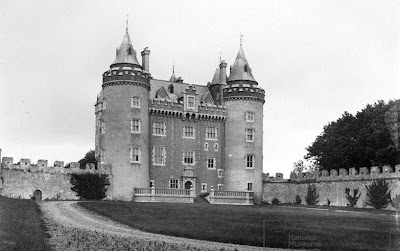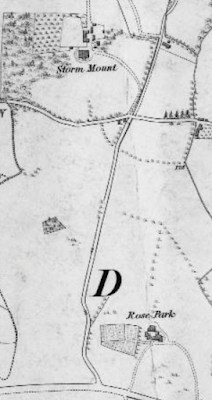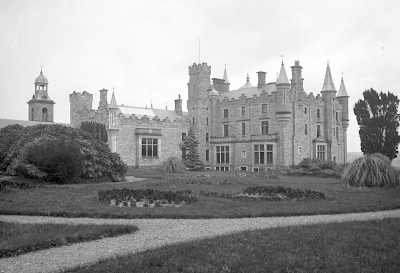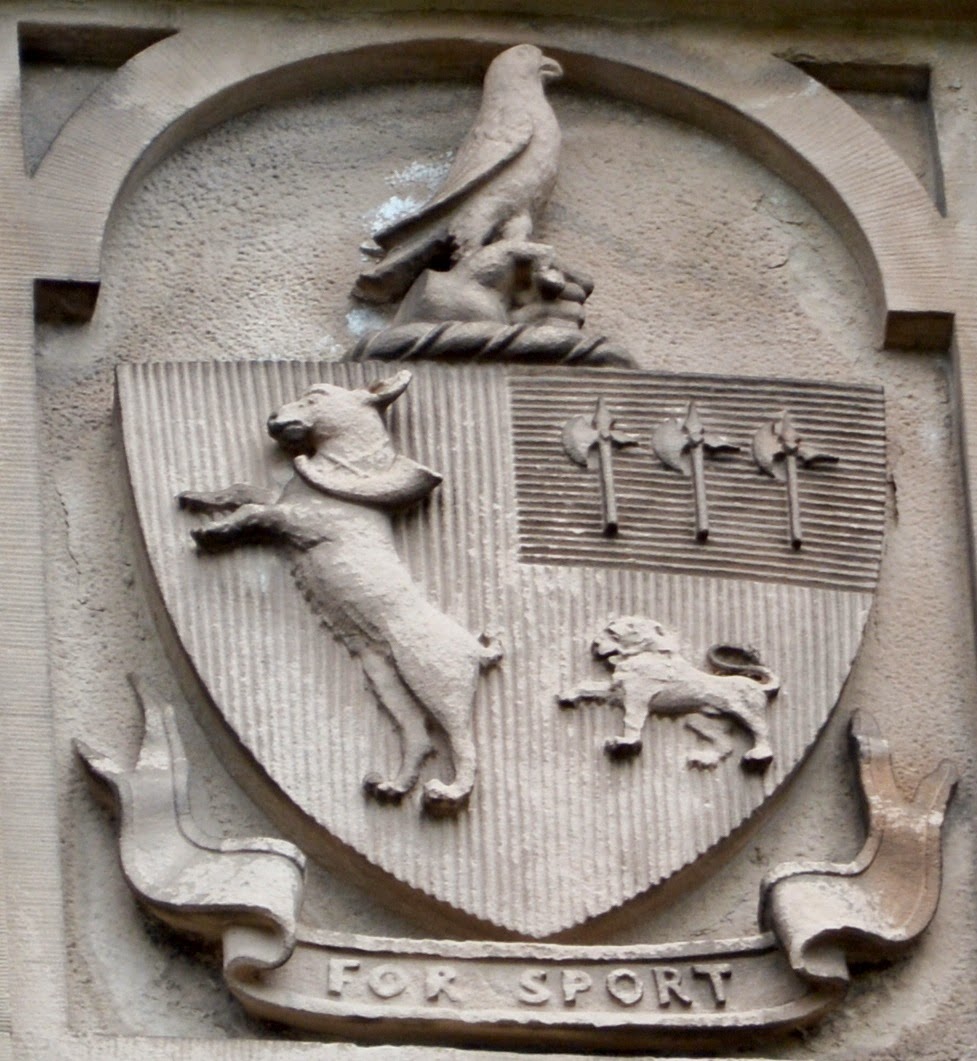Ernie Sandford, known to many friends as Sandy, was born in Portrush, County Antrim, in 1913 where he was educated at Coleraine Academical Institution.
He proceeded to Queen’s University, Belfast, and after graduation he joined the Northern Constitution as a reporter.
The younger son of local grocer, Joseph Sandford, Ernie ‘had a distinguished career spanning from local reporter in Coleraine to Reuter’s office in Paris culminating in his appointment as head of press and publicity at the NI Tourist Board’.
During this career he wrote articles on local history, was a member of the amateur dramatic society – Portrush Players and at a stage secretary of the Portrush hockey club.
In the late 1930s Ernie left Coleraine and went on to work for the Belfast Newsletter, followed by a move to Fleet Street as sub-editor on the Daily Telegraph.
The younger son of local grocer, Joseph Sandford, Ernie ‘had a distinguished career spanning from local reporter in Coleraine to Reuter’s office in Paris culminating in his appointment as head of press and publicity at the NI Tourist Board’.
During this career he wrote articles on local history, was a member of the amateur dramatic society – Portrush Players and at a stage secretary of the Portrush hockey club.
In the late 1930s Ernie left Coleraine and went on to work for the Belfast Newsletter, followed by a move to Fleet Street as sub-editor on the Daily Telegraph.
He was appointed the Press Association’s first war correspondent and after the War, returned to Fleet Street as chief reporter of the Sunday Chronicle.
Ernie, who was 'recognised as one of the most distinguished journalists Northern Ireland has produced’, resigned and moved to France in 1946 where he taught English for two years in a small college on the outskirts of Paris.
Ernie, who was 'recognised as one of the most distinguished journalists Northern Ireland has produced’, resigned and moved to France in 1946 where he taught English for two years in a small college on the outskirts of Paris.
During his time there, he studied French language & civilisation at the Sorbonne and wrote his first book about a canoe trip from Mâcon to Lyons.
Following this he joined Reuters as head of their Paris office before going on to become information officer for the Marshall Plan (one such assignment meant that he was present at the historical singing of the Treaty of Rome).
In 1959, Ernie joined the Northern Ireland Government's London Office as publicity officer to the Ministry of Commerce and the Northern Ireland Development Council.
Following this he joined Reuters as head of their Paris office before going on to become information officer for the Marshall Plan (one such assignment meant that he was present at the historical singing of the Treaty of Rome).
In 1959, Ernie joined the Northern Ireland Government's London Office as publicity officer to the Ministry of Commerce and the Northern Ireland Development Council.
Some ten years later, he returned home for his appointment as Publicity Officer to the Tourist Board.
Although Ernie retired in 1978, he continued to write the guide book Discover Northern Ireland and had articles published in the Coleraine Old Boys’ Association and the Bann Disc (journal of the Coleraine Historical Society).
Ernie is survived by his wife Joyce [died 16th January, 2019], daughter Christine and son Patrick.
Do any readers possess a better image of Mr Sandford?






































